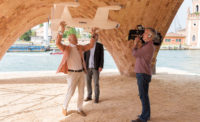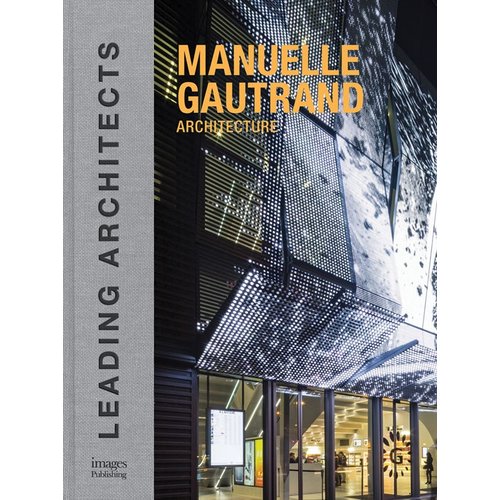Marc Norman has been the director of UPSTATE: A Center for Design, Research, and Real Estate at the Syracuse University School of Architecture since 2012. The program was created by former dean Mark Robbins to, in Norman’s words, “tie faculty and students to real-world projects in the city and the region.” Norman studied political economics at Berkeley and urban planning at UCLA and spent four years as a project manager for Skid Row Housing Trust, a community development corporation in Los Angeles, before moving to New York. There, he worked for Lehman Brothers, financing affordable housing, and for Deutsche Bank, providing loans to organizations serving low-income populations, before heading to Syracuse. Norman was recently chosen to be a 2014–15 Loeb Fellow at the Harvard University Graduate School of Design.
 |
| Photo courtesy Syracuse University Marc Norman |
What’s UPSTATE’s biggest project right now?
There’s a building in New York City called Castle Gardens, designed by Curtis + Ginsberg Architects, to reintegrate people coming out of prison into the general population. It has a shelter component, transitional units, and traditional apartments, all in the same building. It has worked phenomenally well, in terms of the recidivism rate. The New York State Department of Justice wants to replicate that model, and they picked Syracuse as the place to do that.
And what was UPSTATE’s role?
I raised money to run a competition. We brought in eight firms initially; four were selected to move forward. [They were Curtis + Ginsberg Architects and Saratoga Associates; Solid Objectives-Idenburg Liu (SO-IL) with Holmes, King, Kallquist & Associates, Architects; ISA Architecture/Research with HealthxDesign; and SWBR Architects.]
Who chose the winner?
The social service provider, the developer, and the Syracuse Housing Authority made the selection: Curtis + Ginsberg.
The architects of Castle Gardens! So was the process for naught?
Not at all. The whole idea was for us to bring in firms that wouldn’t otherwise be at the table. The next time [the agencies] do a deal, they’ll be thinking in terms of more innovative architecture.
What is the status of the project?
Curtis + Ginsberg is negotiating with the developer right now. The site is secured, and construction should begin next year. It’s called Freedom’s Gate.
What did you like about the Curtis + Ginsberg proposal?
They really thought through, architecturally, how you move from public to semi-public, to semi-private, to private space, because one of the big issues here is how you make the reentry population not feel isolated but make the apartment residents not feel intimidated by their presence. They’re sharing hallways, they’re sharing common areas.
Why not just copy Castle Gardens?
That’s on 138th Street between Broadway and Riverside Drive in Manhattan. Our site is a mostly vacant, low-income neighborhood with no amenities whatsoever. So while we’re replicating the model, we really needed architects to think about how the model could work in this context, which is a familiar context in many older American cities. I think the reason the state chose Syracuse is to show other cities that it can be done.
What else is UPSTATE doing?
Some of our students have redesigned a field house. It’s really a concrete bunker in Skiddy Park. It’s a cinderblock building [now], with very minimal windows. The design really opens it up, creates spaces for neighborhood groups. The Parks Department is going to build it, partly with money I helped raise. It’s meant to be a prototype for the other 20 or so field houses in Syracuse parks.
How does your finance background help you at an architecture school?
I have one foot in each world. Speaking the language of finance but understanding the role of design means I can go to partners and show them how design can make their projects more financially successful. Architects think they make projects happen, but it takes a team, including financiers and other institutions.




Post a comment to this article
Report Abusive Comment